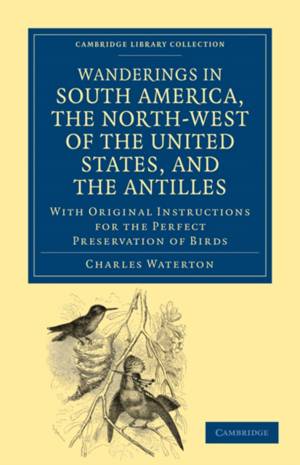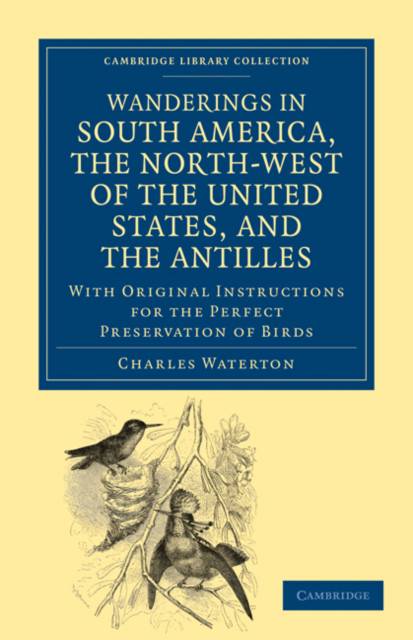
Je cadeautjes zeker op tijd in huis hebben voor de feestdagen? Kom langs in onze winkels en vind het perfecte geschenk!
- Afhalen na 1 uur in een winkel met voorraad
- Gratis thuislevering in België vanaf € 30
- Ruim aanbod met 7 miljoen producten
Je cadeautjes zeker op tijd in huis hebben voor de feestdagen? Kom langs in onze winkels en vind het perfecte geschenk!
- Afhalen na 1 uur in een winkel met voorraad
- Gratis thuislevering in België vanaf € 30
- Ruim aanbod met 7 miljoen producten
Zoeken
Wanderings in South America, the North-West of the United States, and the Antilles, in the Years 1812, 1816, 1820, and 1824
With Original Instruction
Charles Waterton
€ 83,95
+ 167 punten
Omschrijving
Although in the original preface to this work the British naturalist Charles Waterton (1782-1865) modestly says his book has 'little merit', his account is a rich description of his experiences in South America and the Caribbean. Waterton managed his family's sugar plantations in Demerara from 1804 to 1812, studied natural history, and later (1812-25) divided his time between the Americas and Europe. This book, originally published in 1825 and reissued here in its 1828 second edition, describes his four expeditions, beginning with his search deep in the rainforest for samples of the rare poison, curare. Waterton also recounts a fierce battle with the Maroons, but his main focus is zoology, including the capture of 'an enormous Coulacara snake', encounters with sloths, monkeys and vampire bats, and close observations of a huge variety of birds. The final chapter describes Waterton's methods of 'preserving birds for cabinets of natural history'.
Specificaties
Betrokkenen
- Auteur(s):
- Uitgeverij:
Inhoud
- Aantal bladzijden:
- 354
- Taal:
- Engels
- Reeks:
Eigenschappen
- Productcode (EAN):
- 9781108034159
- Verschijningsdatum:
- 27/10/2011
- Uitvoering:
- Paperback
- Formaat:
- Trade paperback (VS)
- Afmetingen:
- 140 mm x 216 mm
- Gewicht:
- 449 g

Alleen bij Standaard Boekhandel
+ 167 punten op je klantenkaart van Standaard Boekhandel
Beoordelingen
We publiceren alleen reviews die voldoen aan de voorwaarden voor reviews. Bekijk onze voorwaarden voor reviews.









